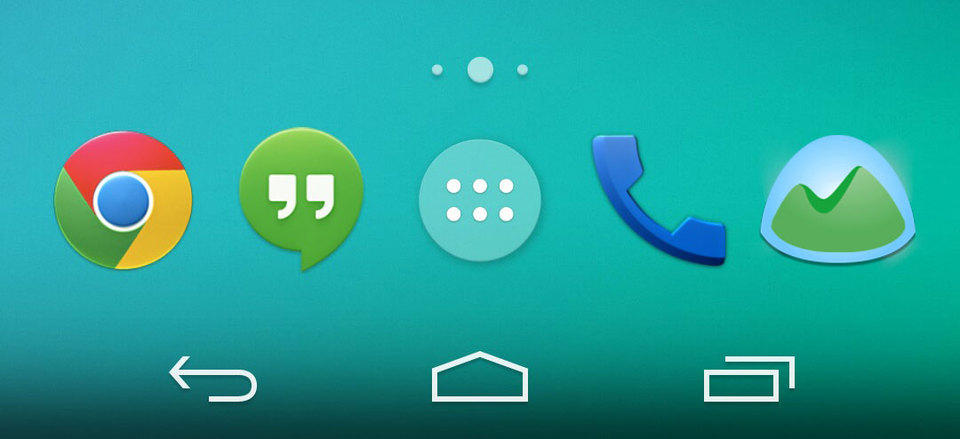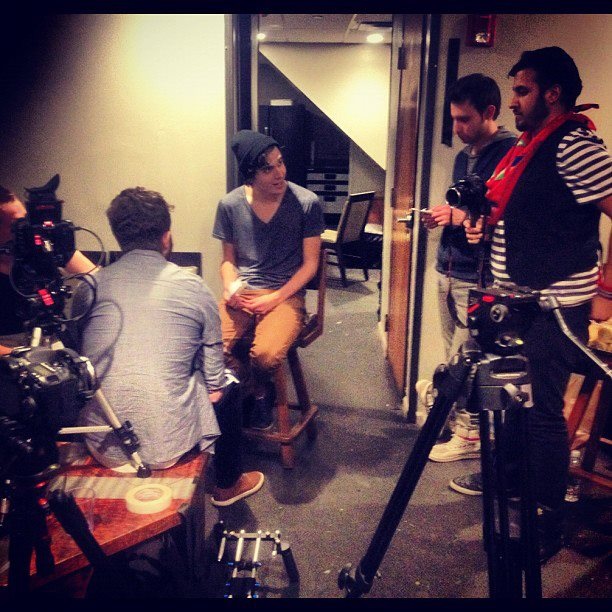Wish to cancel your account? You may do so conveniently with an Online Chat Representative during 6AM-6PM Pacific Time, Monday through Friday. Or, you may call us after hours at (323) 817-3205.
Interesting use of the word “conveniently”. After days of missing the window, I finally hit it at the right time. Here’s how that convenient chat went:
- Please wait for a site operator to respond. You are currently number 1 of 1 in the queue. Thank you for your patience.
- You are now chatting with ‘Mike B.’
- David Hansson: Hi there, please cancel my account.
- Mike B.: Hello, David. Welcome to online Fax support. I am Mike Berry, your online Live Support Representative. How may I assist you?
- Mike B.: I am glad to help you. Could you please provide me your fax number, registered email address and billing zip code for verification?
- David Hansson: 555555555, [email protected], 99999
- Mike B.: I am sorry, the zip code provided is incorrect. Please confirm the 4-digit PIN or last 4 digits of the credit card on file.
- David Hansson: pin: 1111
- Mike B.: Thank you for providing your information. Please give me a moment while I pull up your account.
- Mike B.: In the meantime, please type the number corresponding to your reason for cancellation:
- Mike B.: 1) Moving to another provider
- Mike B.: 2) Bought a fax machine
- Mike B.: 3) Business or role changed
- Mike B.: 4) Short term project completed
- Mike B.: 5) Financial reasons
- Mike B.: 6) Problems with faxing or billing
- Mike B.: 7) Dissatisfied with quality of service
- Mike B.: 8) Too costly
- David Hansson: no need for fax
- Mike B.: David, as we’d like to keep your business, I can offer you a discount and also waive your subscription fee for 1 month.
- Mike B.: The discounted monthly fee would be $12.95 per month. This new plan includes 150 free inbound and 150 free outbound pages monthly.
- Mike B.: There is no contract and you may cancel anytime. Shall I switch you to this plan?
- David Hansson: no thanks, just cancel
- Mike B.: Alright.
- Mike B.: I completely understand your wish to discontinue. Conversely, May I offer you a waiver of 2 months on subscription fee so that you can re-evaluate your needs?
- Mike B.: There is no contract and you may cancel anytime.
- David Hansson: no thanks, just cancel
- Mike B.: Okay.
- Mike B.: If you wish to consider the offer, I can set your account to auto-close at the end of the 2-month waiver period, wherein you need not have to contact us again for cancelling the account.
- Mike B.: However, if you choose to continue, you would need to get back to us so that we could remove the auto-closure of your account.
- Mike B.: Would that be fine with you?
- David Hansson: nope, canceling now is what I would like
- Mike B.: Okay, I will go ahead and cancel your account.
- Mike B.: An e-mail confirming that your account has been canceled will be sent to your registered e-mail address.
- Mike B.: Is there anything else I may assist you with?
- David Hansson: that’s it, thanks
- Mike B.: Thank you for contacting online Fax support. I hope you found our session helpful. Goodbye and take care.
- Chat session has been terminated by the site operator.
I hardly need to add commentary to illustrate just how ridiculous and unfair this process is, but I can’t help myself. If you allow a customer to signup 24/7/365, you should damn well allow that customer to cancel their service 24/7/365. If you allow them to signup self-service, you should damn well allow that customer to cancel by self-service. Anything less is just crummy.
(I wish credit card companies would help enforce consumer protection against this: Unless it’s as easy to cancel as it is to signup, chargeback is automatic).







